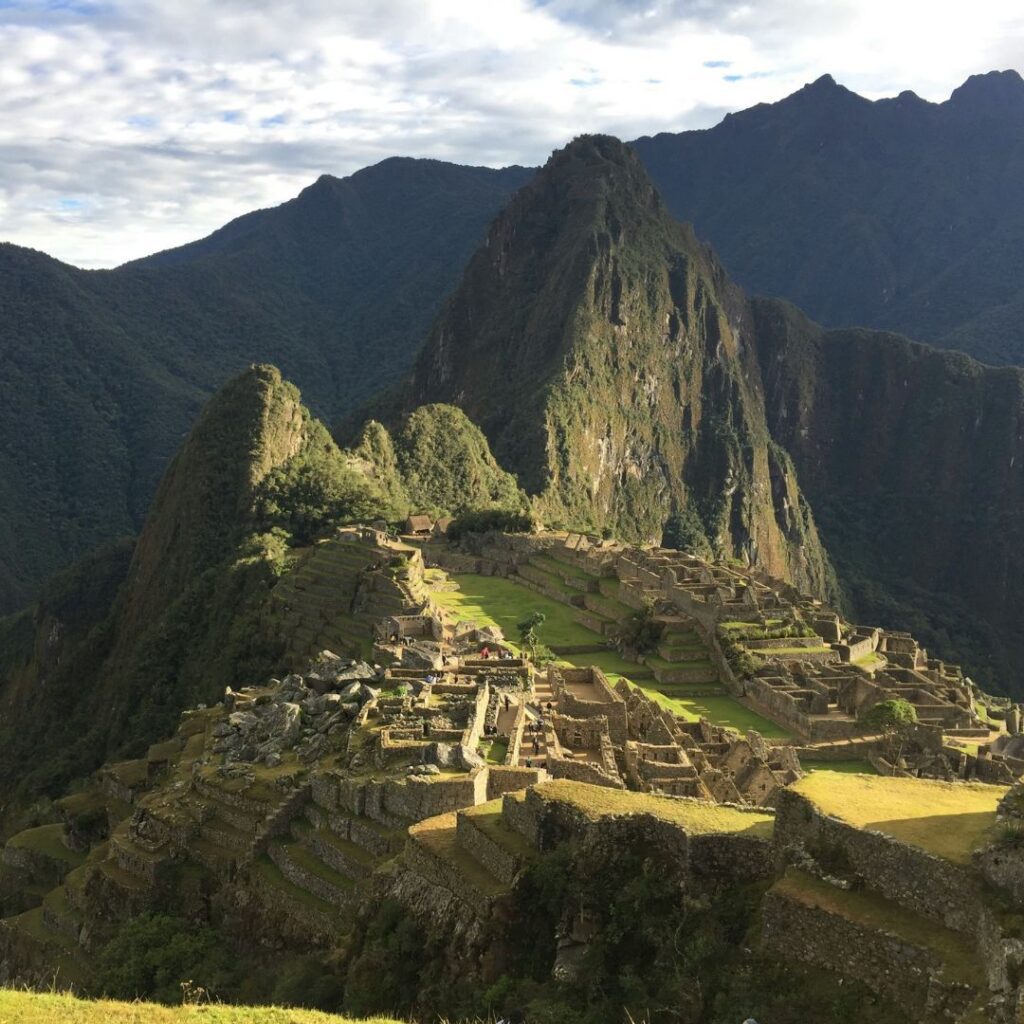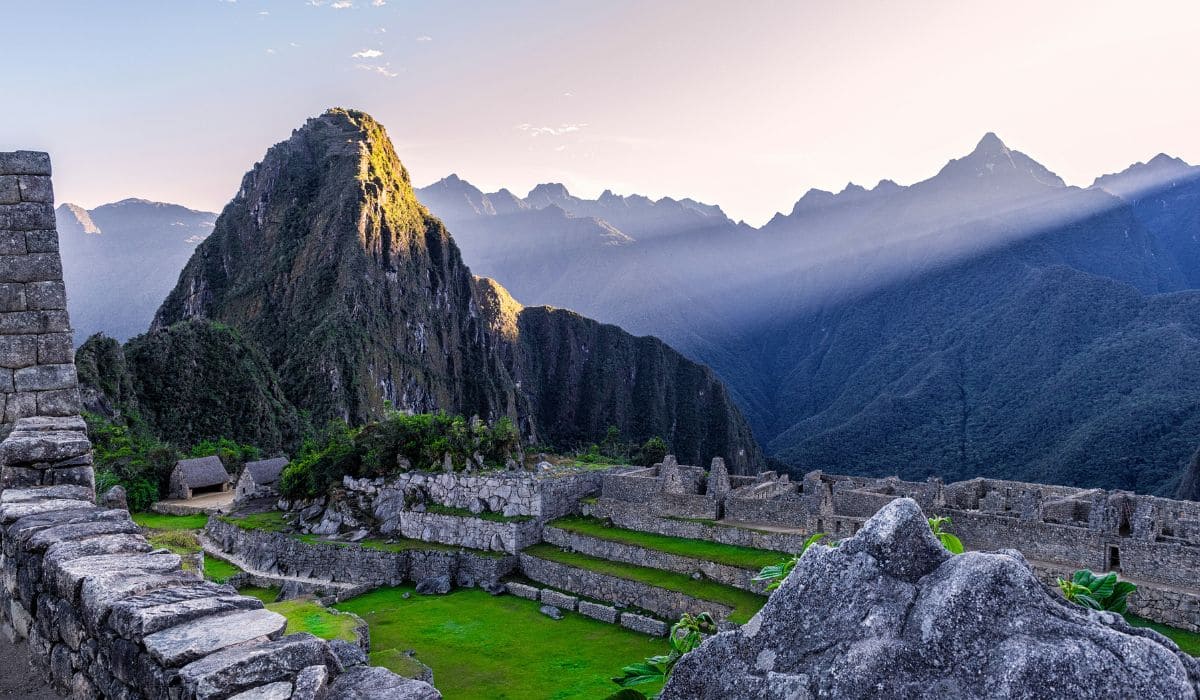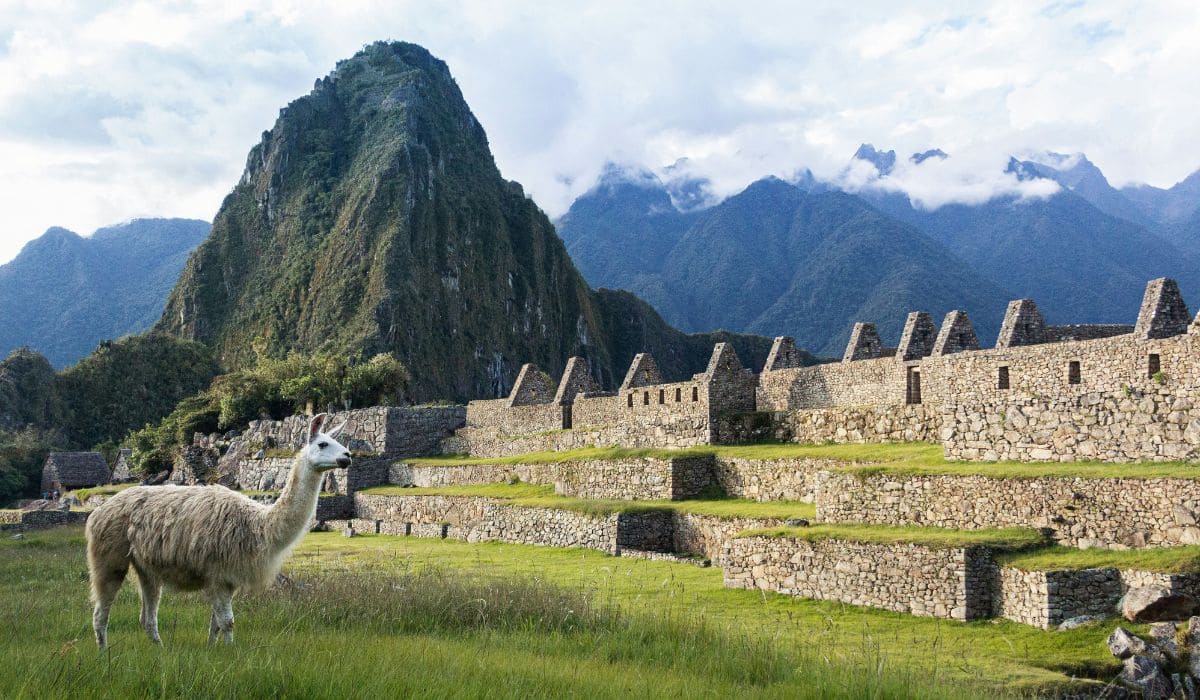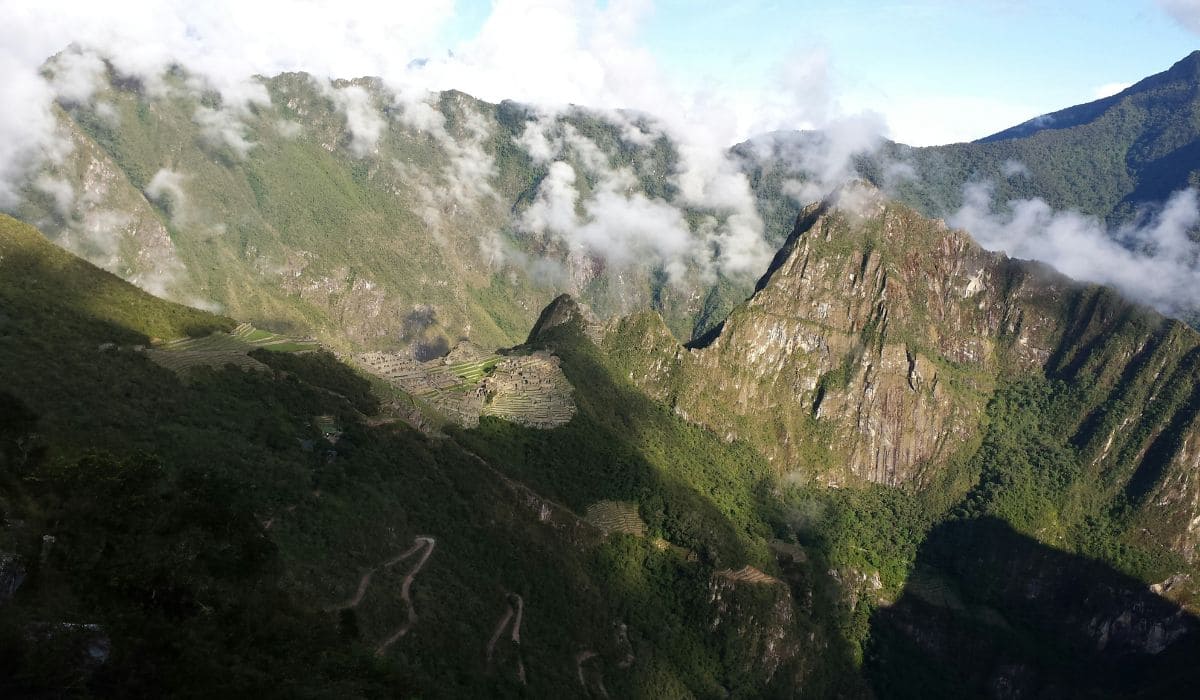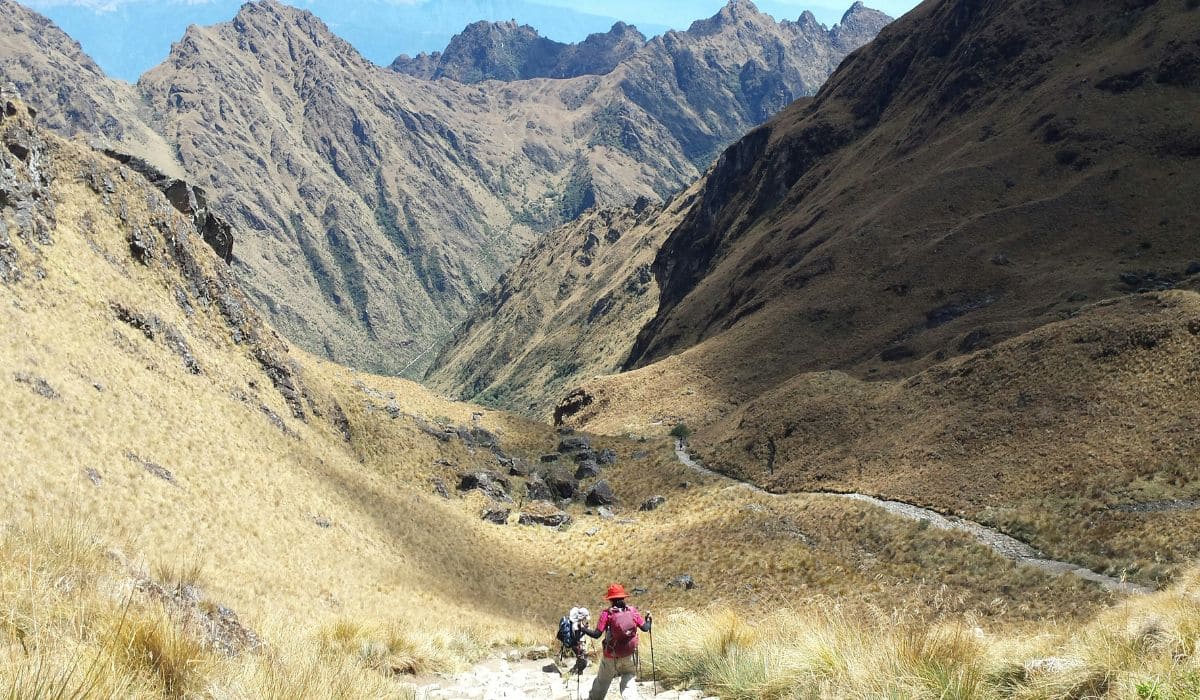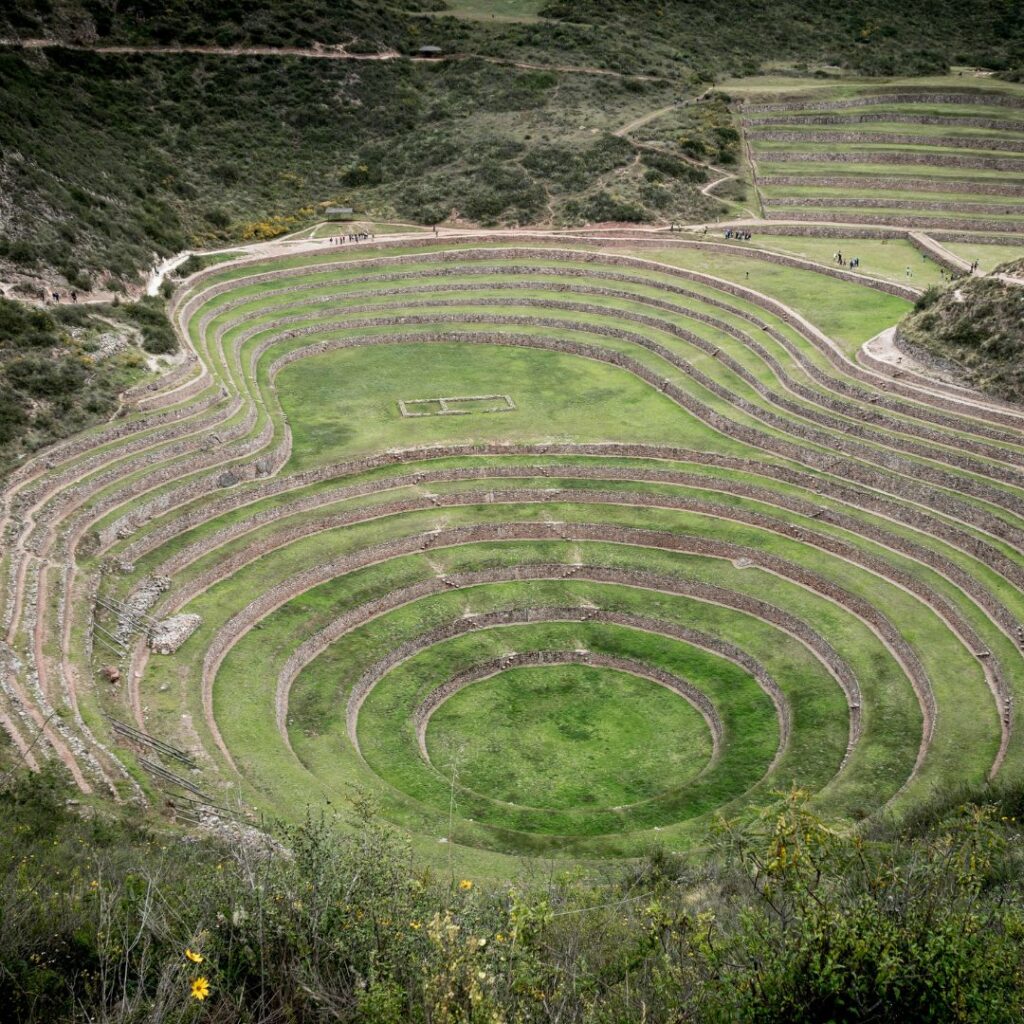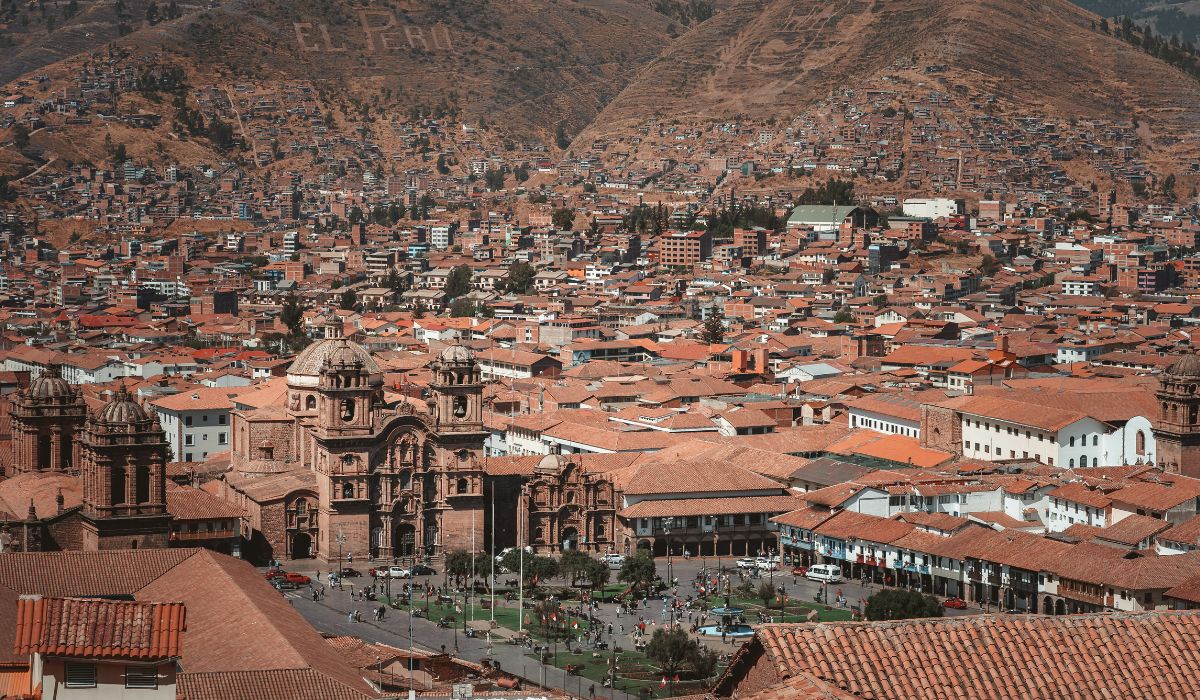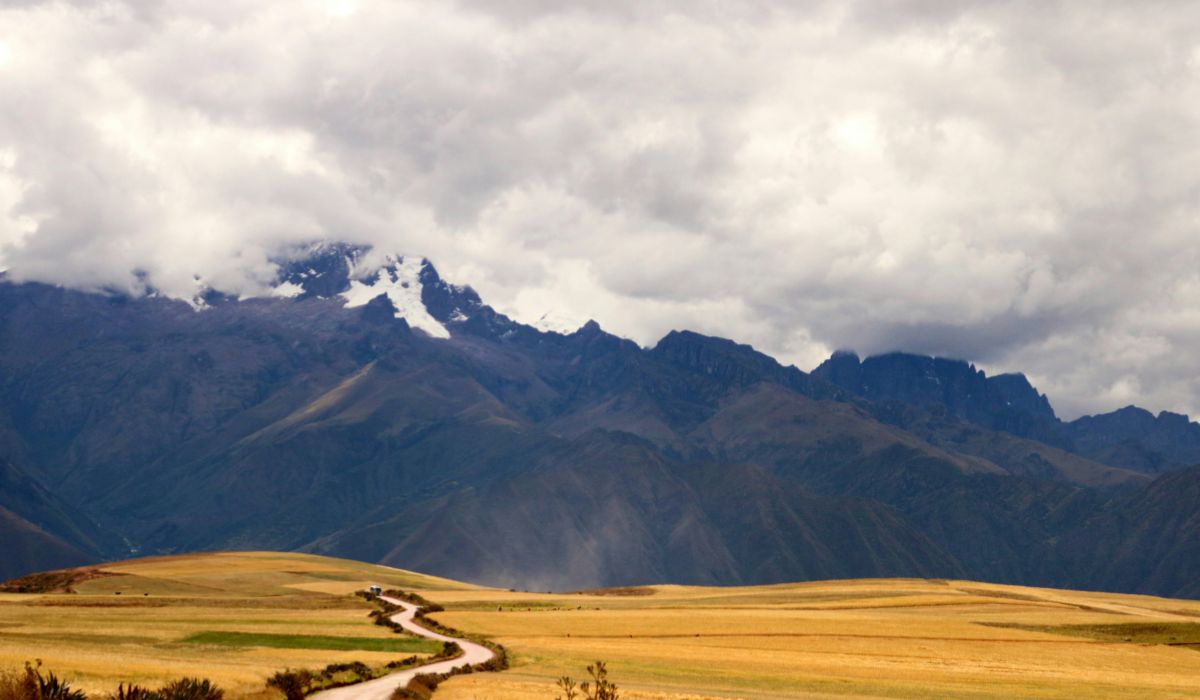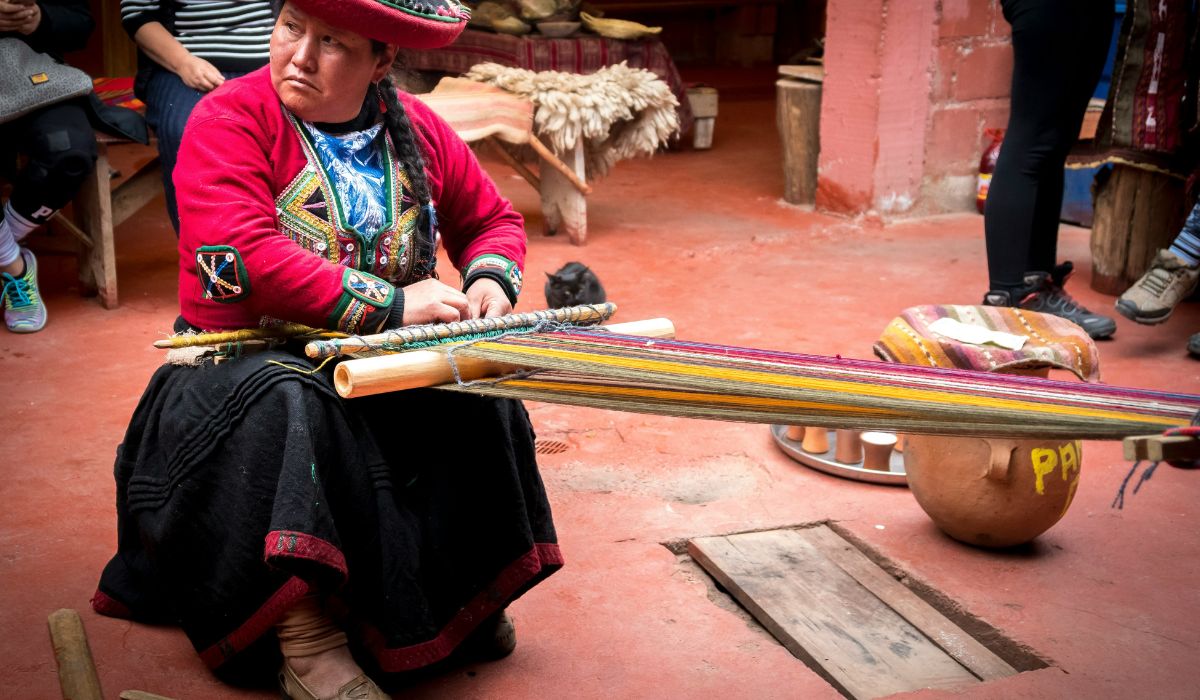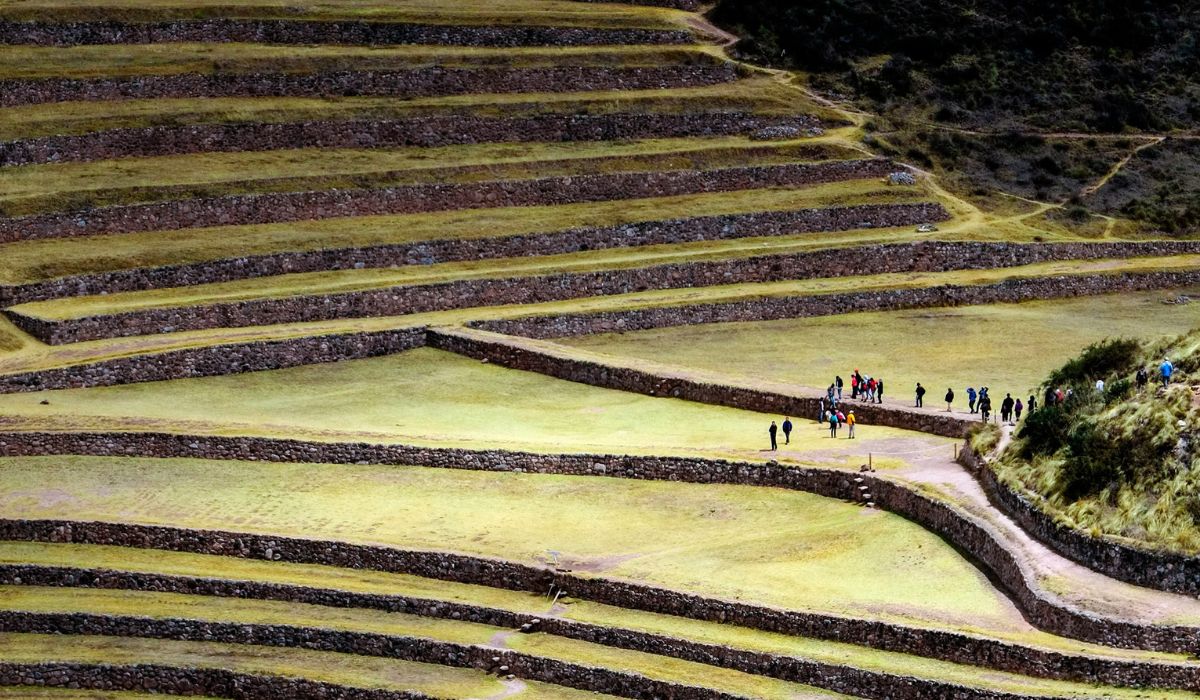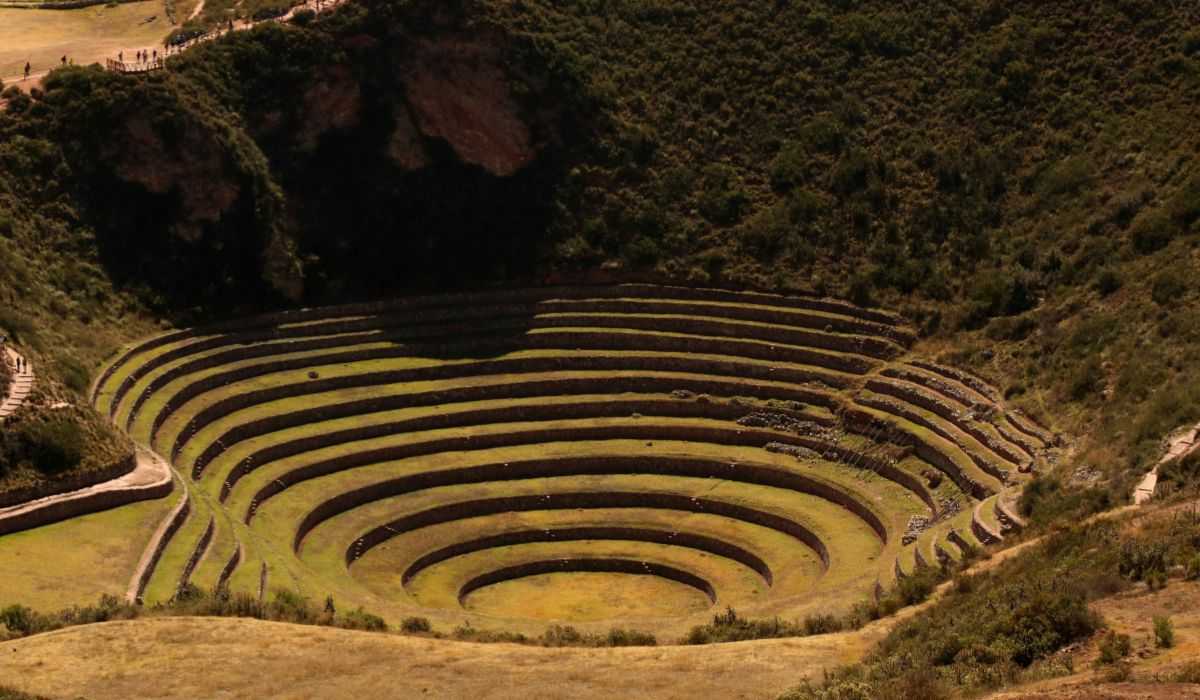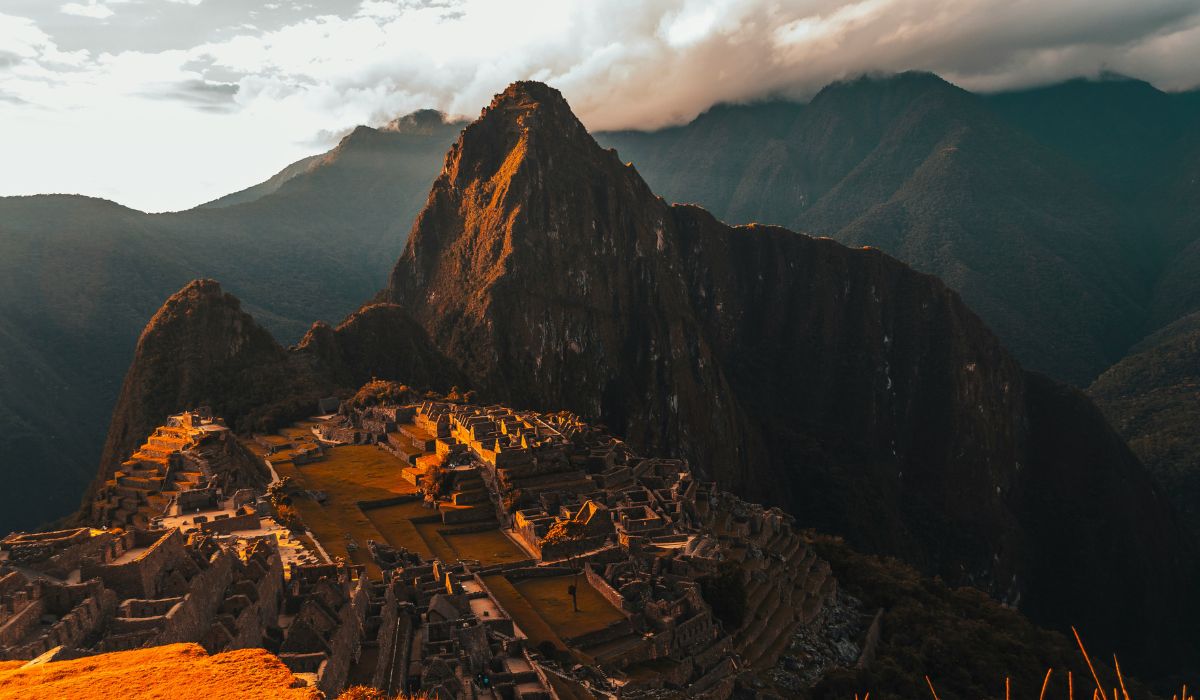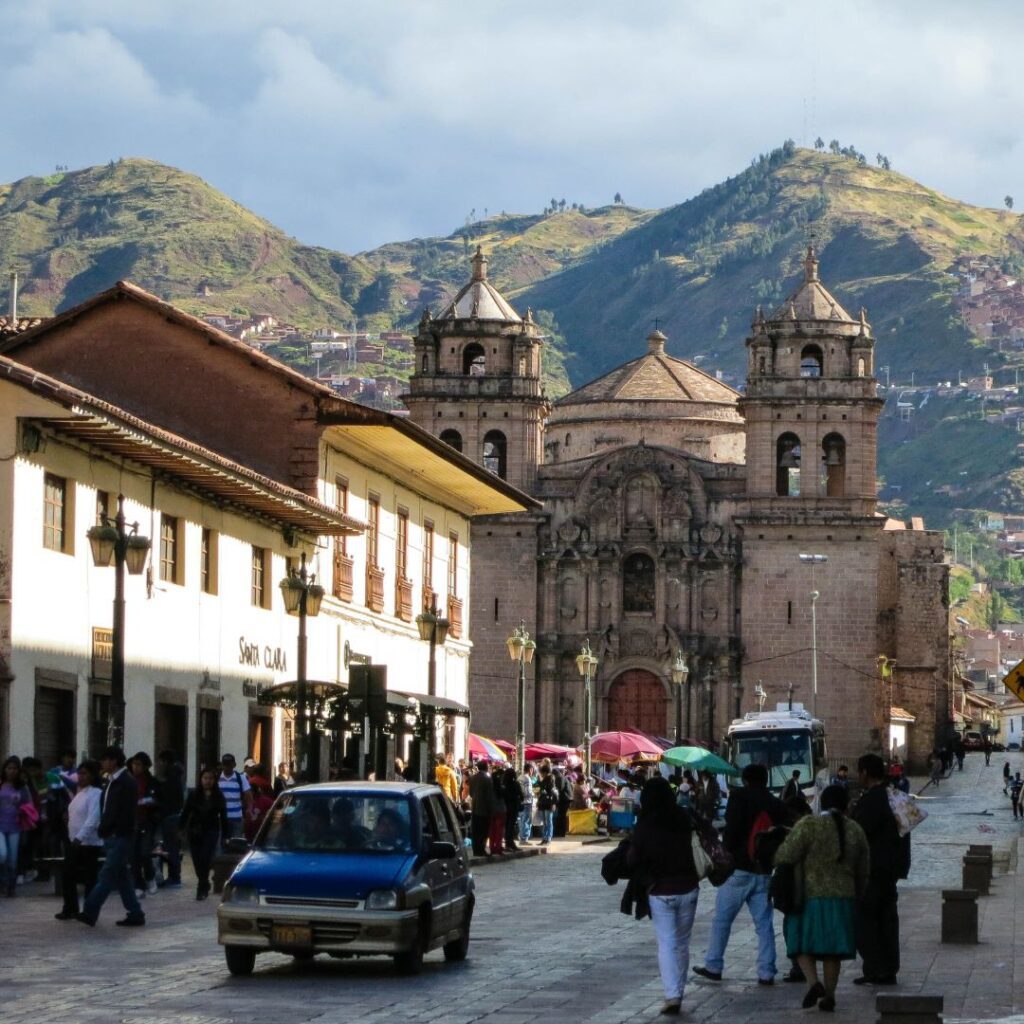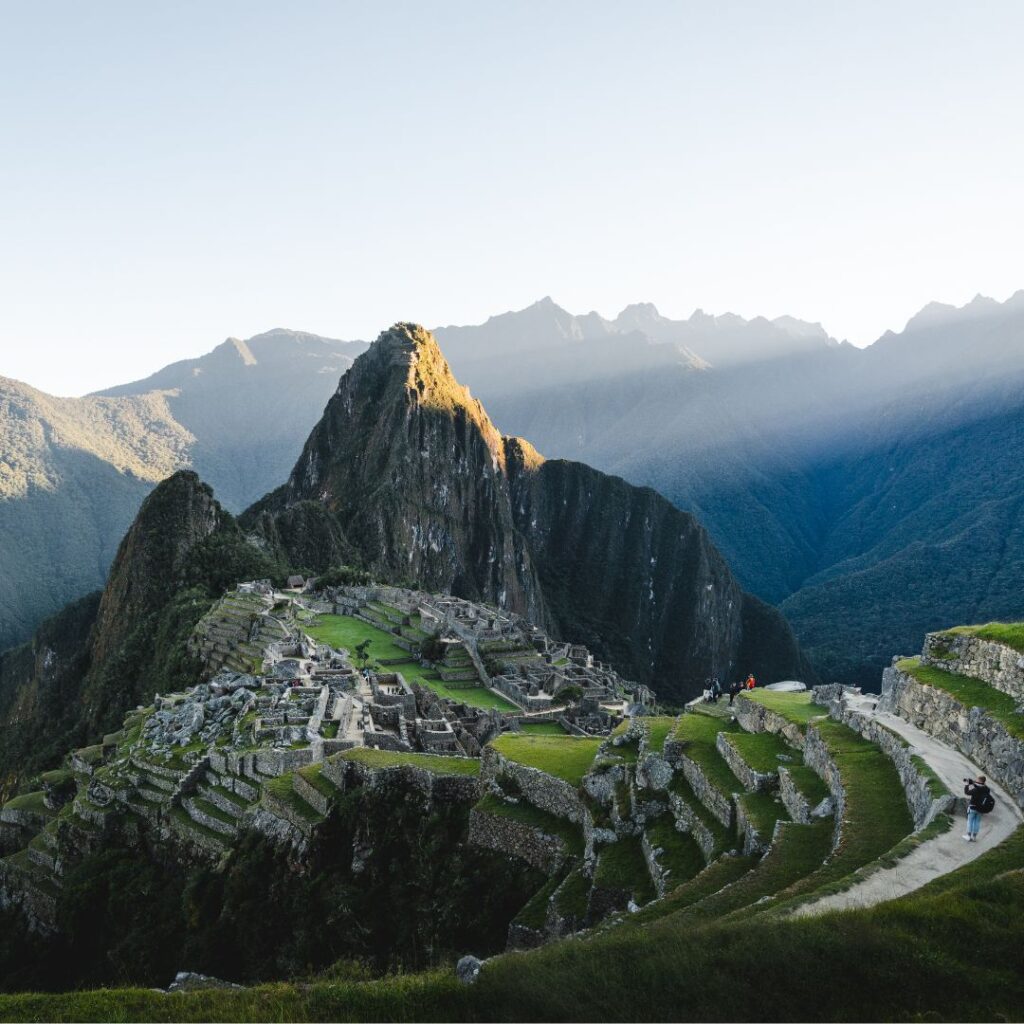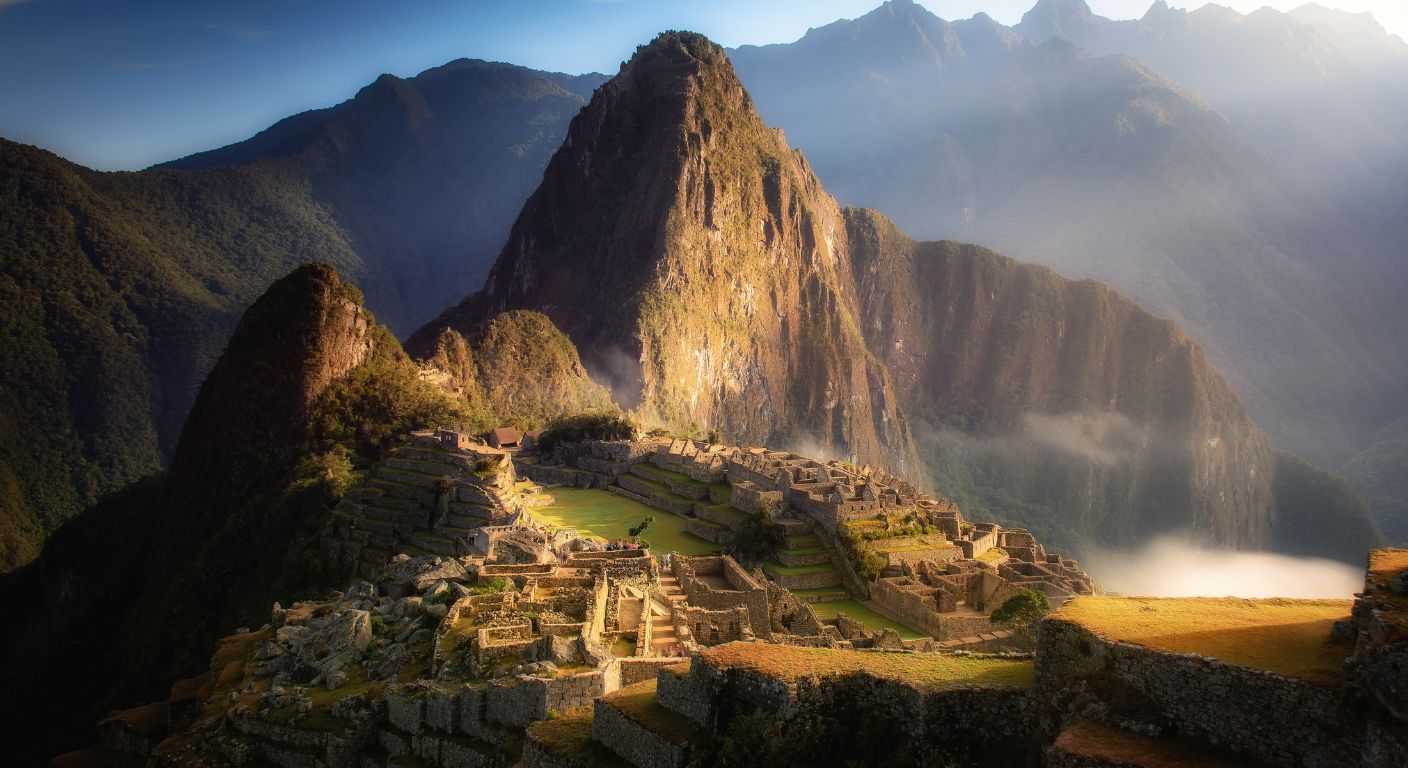The most complete guide to visiting Machu Picchu
Visit Machu Picchu is one of those experiences that leaves you with memories for a lifetime. Few destinations generate what this place does. A unique energy surrounds you as soon as you arrive at one of the 7 Wonders of the World. Keep in mind that if you plan to visit this unique site, you need to start looking for your Machu Picchu ticket now.
To tour Machu Picchu, you first need to get there. Since there are several ways, it’s necessary to be clear about which option is best for you. Whether you like adventure or prefer something calmer, you’ll find the right way. Once there, it’s time to visit Machu Picchu. And again, a menu of possibilities opens up before you to visit this place.
To make things clearer, at Rentennials we decided to put together this article so you can organize your trip to Machu Picchu. From how to get there to the best way to explore this must-see world destination.
How to get to Machu Picchu?
The first thing you need to do to visit Machu Picchu is buy your flight to Cusco. The ideal way is to get a ticket to Lima and from there connect to Cusco airport. LATAM and Sky Airline are the best options. There are several daily flights, and the airlines with the most connections are LATAM and Aerolíneas Argentinas. If you make a stop at another airport, it’s important that you check the waiting times.
Once you arrive in Lima, you can spend two or three days exploring the wonderful city and enjoy the historic center, the boardwalk, and the gastronomy. If you decide to explore the Peruvian capital, don’t forget to rent a car to get the full experience.
If you don’t have much time, you can fly from Lima to Cusco as soon as you land in Peru. Once in Cusco, we recommend that you acclimate to the altitude for a few days, explore the city and the attractions around it.
Now yes, Machu Picchu awaits you!
At what altitude is Machu Picchu?
Machu Picchu is at 2400 meters above sea level. This is an altitude where you need to be attentive and take the necessary precautions, but with good adaptation during the first days, you’ll avoid several problems.
The best thing is to follow the 5 tips to prevent altitude sickness in Peru to enjoy your trip without problems.
What year is Machu Picchu from?
The construction of Machu Picchu dates back to the 15th century, carried out during the rule of Inca Pachacutec. For a long time, it was thought its origin was in 1450, although recent studies using new techniques place the occupation and construction of the site between 1420 and 1530. This shows that it was a residential and ceremonial space, conceived and executed thanks to the remarkable mastery of Andean architecture and engineering the Incas possessed.
After the Spanish conquest in the 16th century, the citadel was abandoned and the jungle almost completely covered it. Since colonial chronicles never mentioned the existence of a citadel in the mountain, this silence allowed it to remain in excellent condition. Sometimes history has such mysteries. Everything changed in 1911 when explorer Hiram Bingham, accompanied by the farmer Melchor Arteaga and local families, began documenting this impressive site.
In 1983, UNESCO inscribed the Historic Sanctuary of Machu Picchu as a World Heritage Site, consolidating its exceptional value. Today it is one of the 7 Wonders of the Modern World and one of the most visited places in the world.
How to go from Cusco to Machu Picchu?
Going from Cusco to Machu Picchu is a journey in itself. The landscapes you will pass through are incredible, no matter which way you go. Since there are several options, here’s how to get there.
Transportation from Cusco to Machu Picchu
The best way to get there and visit Machu Picchu is on the Inca Rail, the train that takes you to the station of Aguas Calientes, the small tourist village located on the slope of Machu Picchu. The station with the most frequent departures is Ollantaytambo, about two hours from Cusco. Once you board the train, you are just one step away from Aguas Calientes. Tickets are booked in advance on the Incarail website. There you can also check departure times and costs.
Once in Aguas Calientes, you must take the bus to the entrance of the archaeological site. Another option is to climb for about 45 minutes via the stairs connecting the town with the Inca City.
Is it possible to reach Machu Picchu by car?
One of the most common questions for those seeking a different experience and choosing to rent a car in Cusco is whether you can visit Machu Picchu by car. Unfortunately, it’s not possible. However, there are ways to drive part of the journey.
How to drive from Cusco?
The most direct and comfortable way is to go to Ollantaytambo and then take the train to Aguas Calientes. This replaces the traditional bus journey. If you choose this option, you can explore the town of Ollantaytambo and one of the most spectacular archaeological sites in Peru. Then comes the train journey, which is a spectacular railway experience.
From Ollantaytambo to Machu Picchu
The route spans about 80 kilometers of mountain road, with many curves and switchbacks, perfect for driving at a relaxed pace. It’s a truly scenic route, ideal to enjoy calmly. To get there, take route 3S west, then continue on road 111, and finally connect to 28B, where you turn left and proceed to Ollantaytambo. Here’s the map of the route.
Circuits and excursions to Machu Picchu
The ancient Inca city covers about 35,000 hectares. Although it seems vast, there are several ways to tour it in just one day.
Choose the way you like best to visit Machu Picchu!
The Classic Circuit
One of the most complete experiences to discover Machu Picchu in one day is the Circuit 2. This itinerary includes some of the most important points of the citadel, such as the Temple of the Sun viewpoint, the Sacred Rock, and the impressive agricultural terraces that show Andean engineering.
If what you want is that iconic view of Machu Picchu, this circuit gives you access to a sector with a panorama very similar to the most famous photo of the place.
Remember that there are 10 available entrance times between 06:00 and 15:00, so it’s advisable to buy your ticket in advance on the official website and hire an authorized guide to make the most of your visit.
Inca Trail Circuit (or Camino Inca)
For those seeking a challenging experience (and not just visiting Machu Picchu), the classic Inca Trail is the perfect alternative. It’s a 4-day trek covering 45 kilometers along mountain trails up to 4200 meters of altitude. Along the way, you’ll encounter unique archaeological sites of the Inca road network, such as Llactapata, Sayacmarca, and Wiñay Wayna, which can only be discovered on this trek. The great reward comes at the end: crossing the Sun Gate and seeing the citadel of Machu Picchu for the first time from above.
Before embarking on this trek, it’s recommended to be in good physical condition and spend a few days in Cusco to acclimate. You only need a backpack with a sleeping bag and some clothes, as the agency you hire will take care of meals and tents.
Tip: Remember that access is limited to 500 people per day, so bookings must be made months in advance. Also, the trail is closed in February for conservation work.
Alternative circuits to visit Machu Picchu
At Rentennials, we want you to discover other ways to explore a place, even one of the most visited on the planet. Machu Picchu also offers alternatives designed for you.
When buying your ticket on the official website to visit Machu Picchu, you’ll find several special circuits. One of the most popular is the one allowing you to climb Huayna Picchu: the physical demand is high, but the panoramic view from the top makes it worth it. Another equally impressive option is climbing Machu Picchu Mountain, from where you can see the entire surroundings in full scale.
You can also reach Intipunku (Sun Gate) without completing the full Inca Trail. To do this, choose a ticket that includes this two-hour walk. The route passes through the Guardian’s House, the site of the most classic photo, until reaching that energetic viewpoint.
Another option is a short route to the Inca Bridge, which takes only about 30 minutes.
A fundamental recommendation: in all cases, buy your ticket in advance, as demand is very high and spots run out quickly.
Where to sleep in Machu Picchu
Visiting Machu Picchu for the day and returning to Cusco is possible. But as we always say at Rentennials: why rush? If you have time, arrive in Aguas Calientes in the afternoon. Enjoy its hot springs and sleep a night in one of the many accommodations. In the morning, it’s time to ascend to the Inca City.
Tips for visiting Machu Picchu
Nothing beats being relaxed on your trip to Machu Picchu. Therefore, it’s better to be prepared and organize your trip in advance. Also, keep these tips in mind to make your visit easier:
- Don’t forget to book the train ride.
- Book your ticket to enter Machu Picchu.
- On the return from Machu Picchu, you can sleep in Ollantaytambo to go back to Cusco calmly.
- Book your hotel in Aguas Calientes.
- Acclimate to the altitude in Cusco for at least one day.
Best time to travel
The best time to visit Machu Picchu is from April to November, when rains are scarce and the landscape can be enjoyed with clearer skies. However, between June and August, tourist crowds are at their peak, so keep that in mind if you dislike crowds.
If you travel between November and March, rainfall is frequent, and there’s a high chance that clouds will obscure the view.
Travel with Rentennials and reach Machu Picchu
Machu Picchu is one of those places you’ll hardly forget. You’ll keep in your mind every landscape, every Inca site, every story, every panoramic view. Memories that no social media can match.
At Rentennials, we want you to feel encouraged to discover places at your own pace, without rush, in your own way. This guide will help you prepare for a trip that will surprise you from the very first minute.
We are Rentennials
Rentennials is the new way to rent cars from local hosts in your city, quickly, easily, and affordably. It's also your new path to starting your own car rental business and making money every month.
Discover more.
